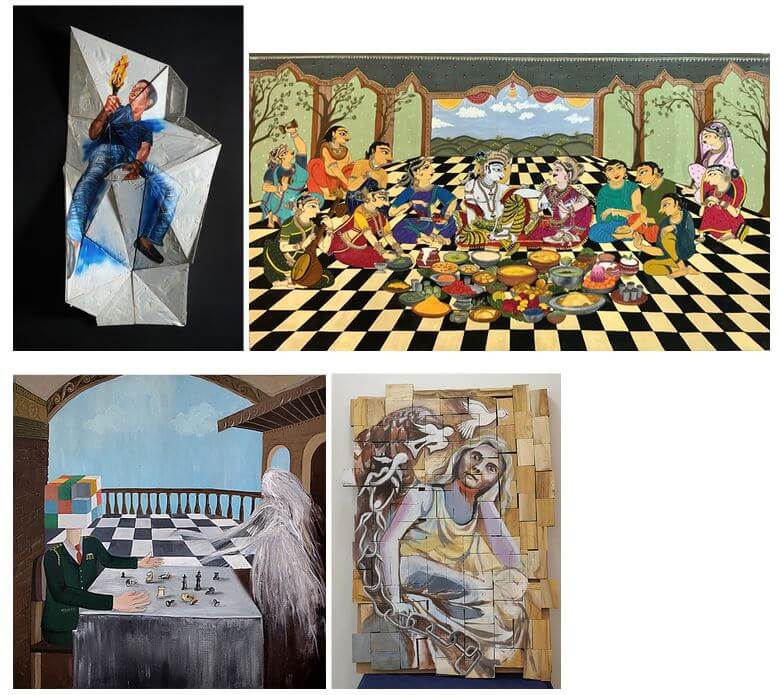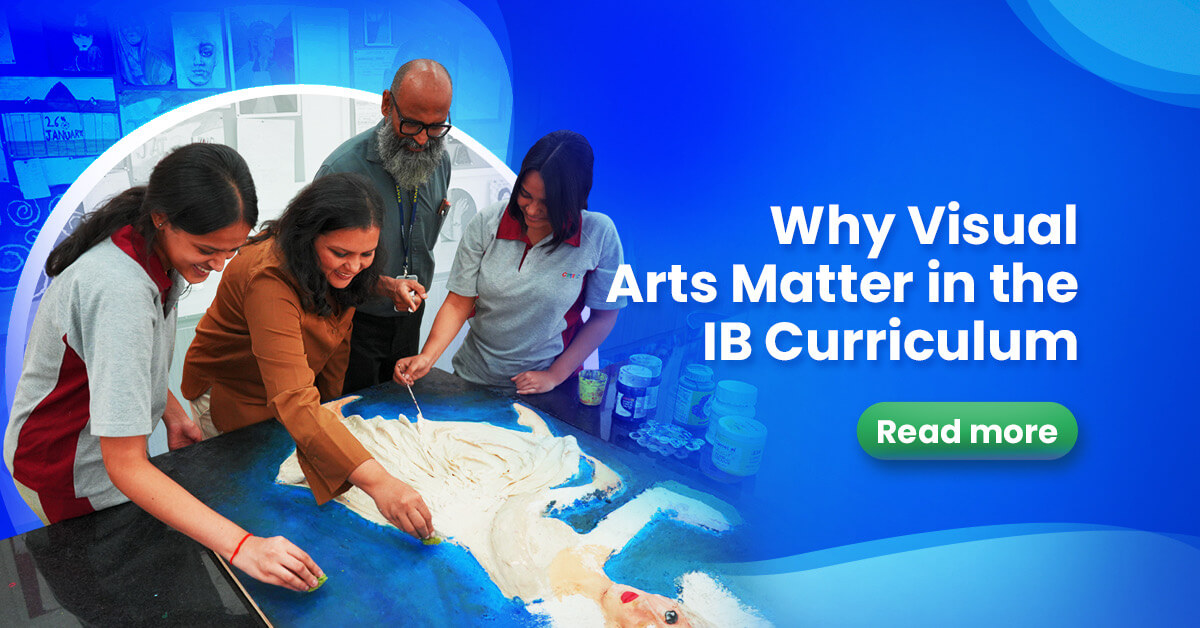The Role of Visual Arts in the IB Framework
In an age of accelerated change, where students are challenged to make sense of complex ideas and shifting worldviews, visual arts offer something increasingly vital: a space to slow down, to observe closely, and to understand concepts through the act of creating. The International Baccalaureate (IB) Diploma Programme places the arts at the heart of a student’s development, not as an add-on, but as a discipline that deepens understanding, fosters inquiry, and builds resilience.
Visual arts in the IB context are not simply about technical proficiency or aesthetic beauty. They are about meaning-making. Students are asked to explore big questions through artistic media: Who am I? What do I value? How can I respond to the world around me?
The process involves conceptual thinking, research, experimentation, and reflection, skills that not only mirror the demands of academic disciplines but also extend into realms of personal and emotional growth.
The IB visual arts curriculum emphasises student agency. Learners choose their themes, research artists across cultures and time periods, and develop a body of work that reflects their evolving perspectives. According to the IB’s official guide, the course “encourages students to challenge their own creative and cultural expectations and boundaries.”
A Showcase of Expression and Inquiry
It is in this spirit that CHIREC International School recently hosted its 2025 IB Visual Arts Exhibition. The event brought together installations, paintings, digital art, and sculpture from Grade 12 students, each piece telling a story of two years of inquiry and experimentation. More than just a display, the exhibition reflected the values embedded in the IB learner profile: risk-taking, open-mindedness, and reflection. Visitors walked through rooms transformed into immersive environments, where soundscapes merged with recycled materials, and photography conversed with memory and identity.
Artwork by CHIREC students displayed at the exhibition:

What makes visual arts unique within the IB framework is the integration of thinking and feeling. Students learn to analyse and critique, but also to intuit and empathise. They study artistic traditions and innovate within them. They learn how to accept ambiguity and trust their voice. In a world often driven by right answers, the arts teach the value of good questions.
Why It Matters Now
Beyond the classroom, engaging with visual arts has been linked to numerous benefits. Research from Americans for the Arts indicates that young people who engage in the arts are more likely to be recognized for academic achievement, participate in math and science fairs, and be elected to class office.
Moreover, visual literacy, or the ability to interpret and create meaning from images, is becoming increasingly important in our media-saturated world. Students who study visual arts become better communicators and more nuanced thinkers, equipped to handle both artistic and academic challenges with confidence.
For educators and families considering an international curriculum, the IB’s emphasis on the arts is not incidental. It is fundamental. Whether in painting or performance, sculpture or sound, students are invited to explore the world and their place within it through creative inquiry.
As schools around the world continue to focus on holistic education, the arts remain a vital pillar of that vision. They remind us that knowledge is not only found in books and tests, but also in texture, in color, in silence, and in form. They affirm that to learn is also to feel, to imagine, and to make.
And in one corridor in Hyderabad, this belief came vividly to life during the IB Visual Arts Exhibition 2025.





